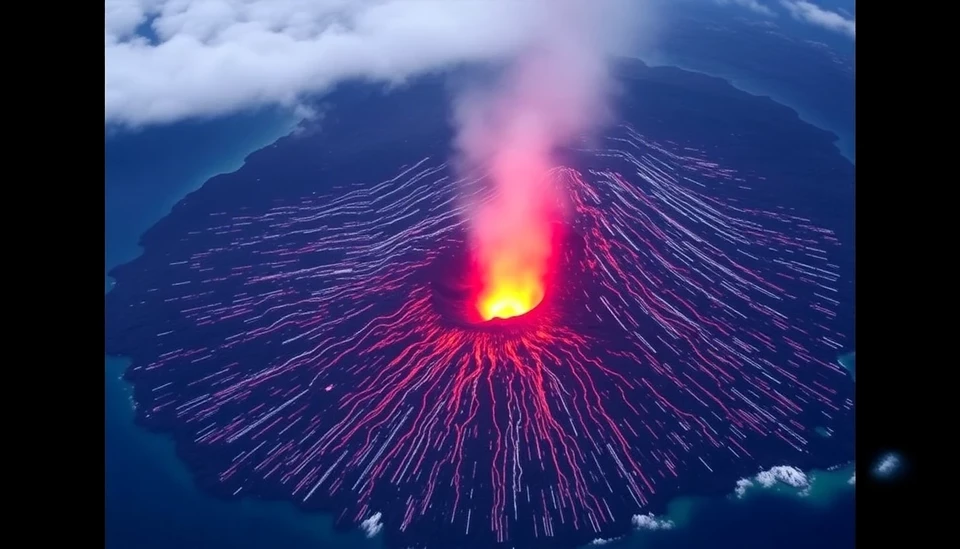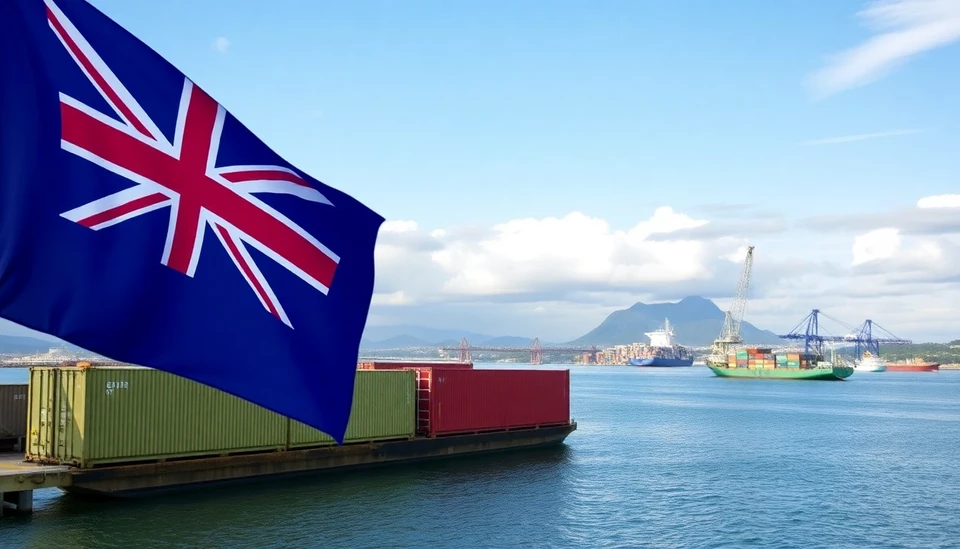
In a significant development, New Zealand’s aviation authorities have elevated the aviation alert level in response to growing concerns surrounding an active offshore volcano. This decision reflects the increasing volcanic activity near the region, prompting government agencies to prioritize public safety and aviation operations.
The Geonet monitoring network, which is responsible for tracking seismic activity in New Zealand, reported heightened volcanic tremors and activity in the nearby waters. This increase in geological agitation has raised alarms among experts, who warn of potential eruptions that could pose a significant risk to air traffic in the vicinity.
The aviation code was upgraded to an orange level, indicating that there is a heightened risk of dangerous volcanic activity that could impact flight safety. This move was made after monitoring stations detected signs of magma movement beneath the surface, which is often an early indicator of a possible eruption.
Local authorities are advising airlines to remain vigilant and consider rerouting flights to ensure passenger safety. The New Zealand Civil Aviation Authority (CAA) is keeping a close watch on the situation, coordinating with volcanologists to assess the risks and provide updates to the aviation sector.
Historically, New Zealand has been no stranger to volcanic activity, given its location in the Pacific Ring of Fire. Past eruptions have had profound effects not only on local communities but also on air travel across the region. Given the importance of air travel in New Zealand, precautionary measures are critical at this juncture.
Residents living near the coastline have been urged to stay informed and prepared for possible evacuations, as volcanic activity can lead to ash fall, pyroclastic flows, and other hazardous phenomena. In conjunction with the alert level increase, emergency services are ramping up their readiness to respond to any potential incidents.
Scientists emphasize that while the situation is being closely monitored, it is crucial for the public and travelers to remain calm and adhere to safety guidelines issued by local authorities. Should the conditions warrant it, further communications and directives will be provided to ensure everyone’s safety while traveling and residing in affected areas.
As the situation develops, officials are committed to providing timely updates, emphasizing the importance of safety both for those commuting through the air and those living in potential danger zones. The collaboration between geological experts and aviation authorities will play a pivotal role in managing the current crisis effectively.
In conclusion, the elevation of the aviation alert code serves as a reminder of the dynamic natural forces at play in New Zealand and the ongoing need for preparedness. As we await further developments, vigilance remains the watchword for both the aviation sector and the affected communities.
#NewZealand #VolcanoAlert #AviationSafety #NaturalDisasters #SeismicActivity #PublicSafety #GeologicalMonitoring #EmergencyResponse
Author: Peter Collins




